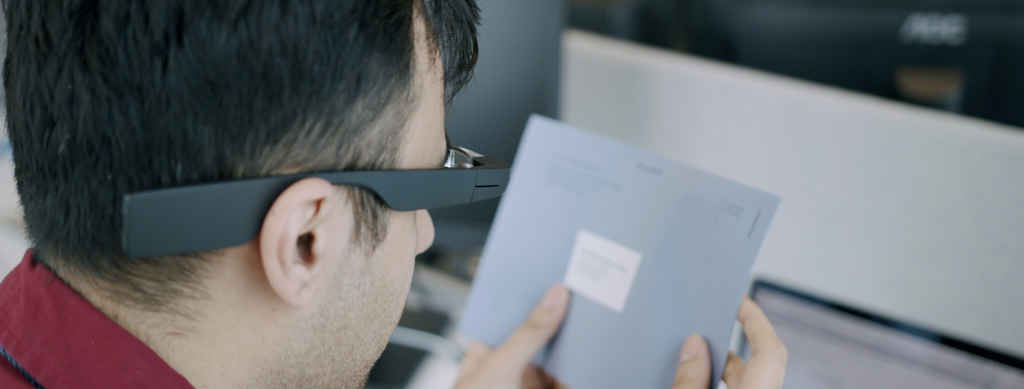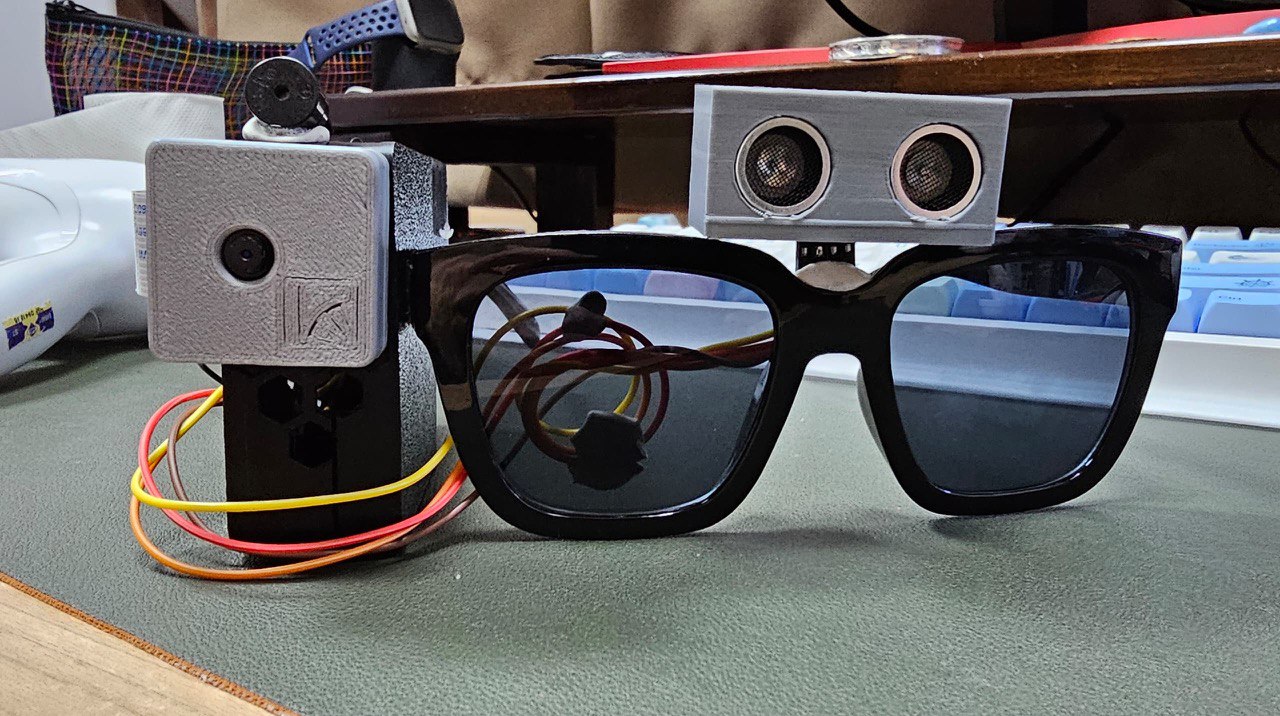Mobility Aids for Visually Impaired Users: Enhancing Independence and Navigation
Mobility Aids for Visually Impaired Users: Enhancing Independence and Navigation
Blog Article
Empowering Independence With Assistive Innovation for the Blind
The integration of assistive technology for individuals who are blind or visually damaged represents a significant improvement in cultivating independence and improving high quality of life. With an array of tools-- from display visitors to innovative tactile devices-- these modern technologies not just help with navigating and communication yet additionally advertise social addition and involvement in various elements of life. As we explore the diverse sorts of assistive devices and their real-world applications, it comes to be clear that the impact is profound. Yet, the advancement of this modern technology elevates crucial inquiries concerning availability and future advancements that necessitate more evaluation. Assistive technology for the blind.
Comprehending Assistive Technology
Although assistive modern technology has actually advanced significantly for many years, its essential objective remains the exact same: to enhance the lifestyle for people with handicaps, especially those who are blind or visually impaired. This innovation incorporates a wide series of devices and devices that facilitate freedom and capability in day-to-day tasks.
Assistive technology can be classified into state-of-the-art and low-tech solutions, each created to fulfill certain demands. High-tech devices commonly consist of software program applications, specialized equipment, and adaptive devices that utilize advanced technology to provide assistance in various contexts. On the other hand, low-tech services may include day-to-day things that are customized to boost availability, such as magnifiers or responsive markers.
The assimilation of assistive technology into the lives of individuals that are blind or visually hindered not only promotes autonomy but likewise fosters social inclusion and involvement in specialist and academic atmospheres. By leveraging these technologies, customers can navigate their environments, accessibility details, and interact successfully, thus improving their general lifestyle. Recognizing assistive technology is essential for caretakers, experts, and advocates that aim to support individuals in maximizing their prospective and attaining greater independence.
Types of Assistive Gadgets
Assistive devices for the blind and visually damaged are necessary devices that improve daily living by attending to details difficulties encountered by individuals. These tools can be extensively classified into three major types: optical devices, digital tools, and sensory tools.

Sensory devices, such as Braille display screens and responsive maps, supply alternative ways to receive details. Braille presents transform digital message into Braille, making it possible for customers to check out touch. Responsive maps use spatial understanding through elevated textures and lines, allowing for much better environmental recognition.
Together, these assistive gadgets empower individuals with visual impairments to involve more fully with their environments, promoting better independence and confidence in daily activities.

Influence On Daily Life
The integration of assistive innovation into the every day lives of individuals who are blind or visually impaired considerably boosts their capability to communicate and navigate with the globe around them. Instruments such as display visitors, Braille presents, and mobile applications promote access to information, enabling customers to engage with digital content, communicate efficiently, and take care of daily tasks independently.
Additionally, modern technologies like clever glasses and This Site navigating apps provide real-time support in home strange settings, enhancing flexibility and self-confidence. These devices make it possible for individuals to identify challenges, checked out signs, and even identify faces, hence fostering a sense of freedom in public spaces. Furthermore, home automation systems, which can be managed via voice commands, enable individuals to handle their living settings better, improving convenience and security.
The effect of assistive innovation expands past practical jobs; it advertises social incorporation and emotional health. By bridging the gap between individuals and their environments, these innovations encourage customers to get involved totally in area activities, seek educational chances, and participate in significant partnerships. Eventually, the development of assistive innovation is critical in redefining the possibilities for people that are blind or visually damaged, bring about an extra comprehensive and available culture.
Success Stories and Endorsements

An additional powerful testimony originates from Mark, a recent college grad who used display reading software application throughout his scholastic journey. This innovation enabled him to access course products and take part in conversations, inevitably resulting in his effective transition right into the labor force. Mark debts assistive technology for encouraging him to attain his profession objectives, stressing its duty in leveling the having fun field for individuals with aesthetic impairments.
In addition, community facilities have reported enhanced engagement in their programs thanks to the intro of accessible digital systems. These systems have actually made it easier for individuals to link, share sources, and support each other. These success stories jointly highlight the profound result of assistive technology in cultivating independence, boosting lifestyle, and damaging down barriers for the visually impaired and blind neighborhood.
Future Patterns in Assistive Tech
Arising technologies are poised to reinvent the landscape of assistive technology for people who are visually impaired or blind. Advancements in man-made knowledge (AI) and artificial intelligence are boosting the capabilities of gadgets, making it possible for more instinctive customer experiences. AI-driven applications are increasingly able to read and acknowledge things text aloud in real-time, offering individuals with important details about their environments.
In addition, developments in wearable modern technology are developing new possibilities for self-reliance. Smart glasses browse this site furnished with augmented truth features can overlay crucial information onto the individual's area of vision, promoting navigating and interaction with the environment. The integration of Internet of Things (IoT) tools is improving ease of access in clever homes, enabling individuals to manage appliances and get notices with voice commands or responsive interfaces.
The advancement of braille screens and tactile feedback systems is additionally on the increase, promoting accessibility to digital content and boosting interaction. As these modern technologies proceed to evolve, they guarantee to boost day-to-day living, educational chances, and work potential customers for individuals with aesthetic impairments. Constant partnership between technologists, individuals, and campaigning for groups will be vital in making sure these developments meet the requirements of the neighborhood efficiently.
Conclusion
In verdict, assistive technology plays a pivotal function in improving the independence of people that are aesthetically impaired or blind. By giving necessary tools and resources, these technologies help with improved interaction, accessibility, and navigation to info, therefore fostering autonomy and positive self-image. The transformative impact of assistive gadgets not just advertises effective interaction with the atmosphere however likewise motivates social inclusion and involvement in numerous aspects of life, ultimately encouraging customers to flourish within their communities.
The assimilation of assistive technology for people who are blind or visually impaired stands for a significant advancement in fostering independence and improving top quality of life.The integration of assistive technology into the lives of people who are blind or aesthetically hindered not only promotes freedom however likewise fosters social addition and engagement in expert and academic atmospheres. Ultimately, the improvement of assistive technology is important in redefining the opportunities for people who are visually damaged or blind, leading to an extra obtainable and inclusive culture.
Several people that are aesthetically damaged or blind have actually shared motivating success stories that highlight the transformative impact of assistive modern technology on their lives.In conclusion, assistive technology plays a pivotal duty in enhancing the independence of people who are blind or aesthetically damaged.
Report this page